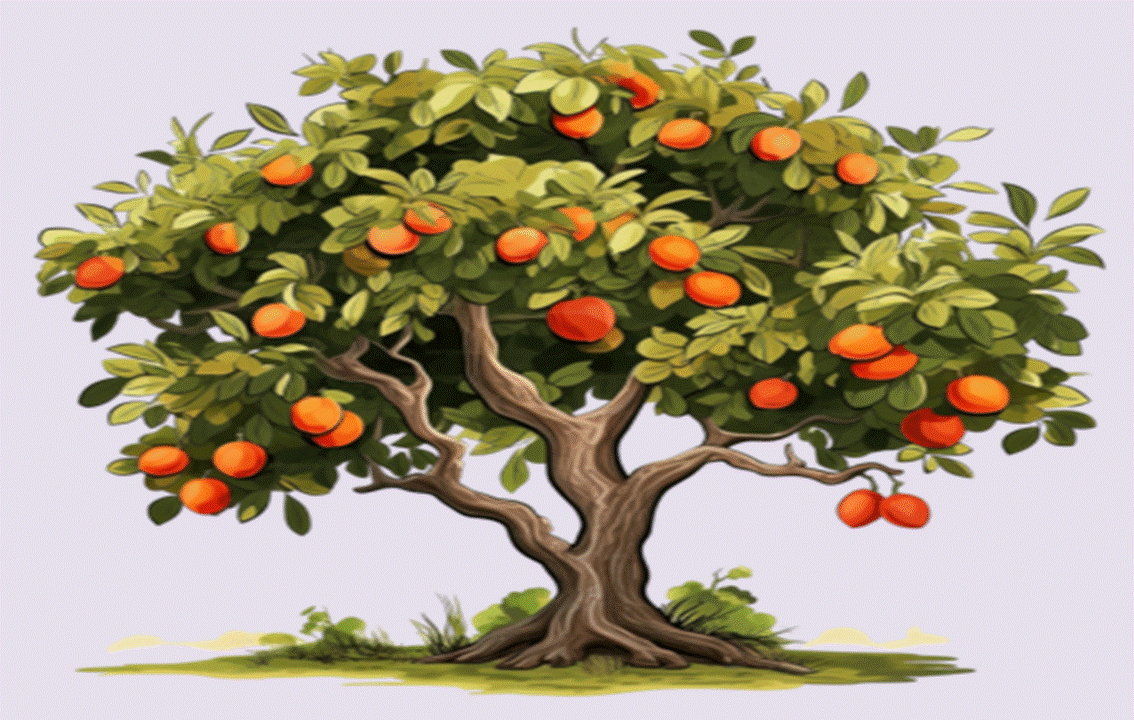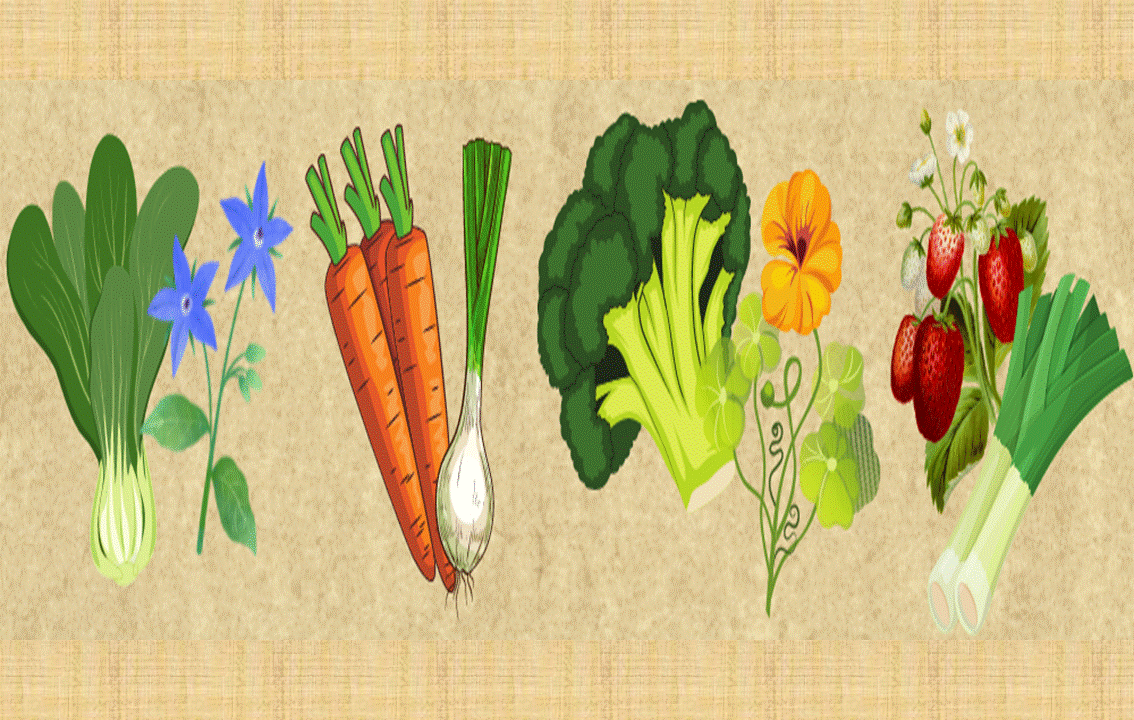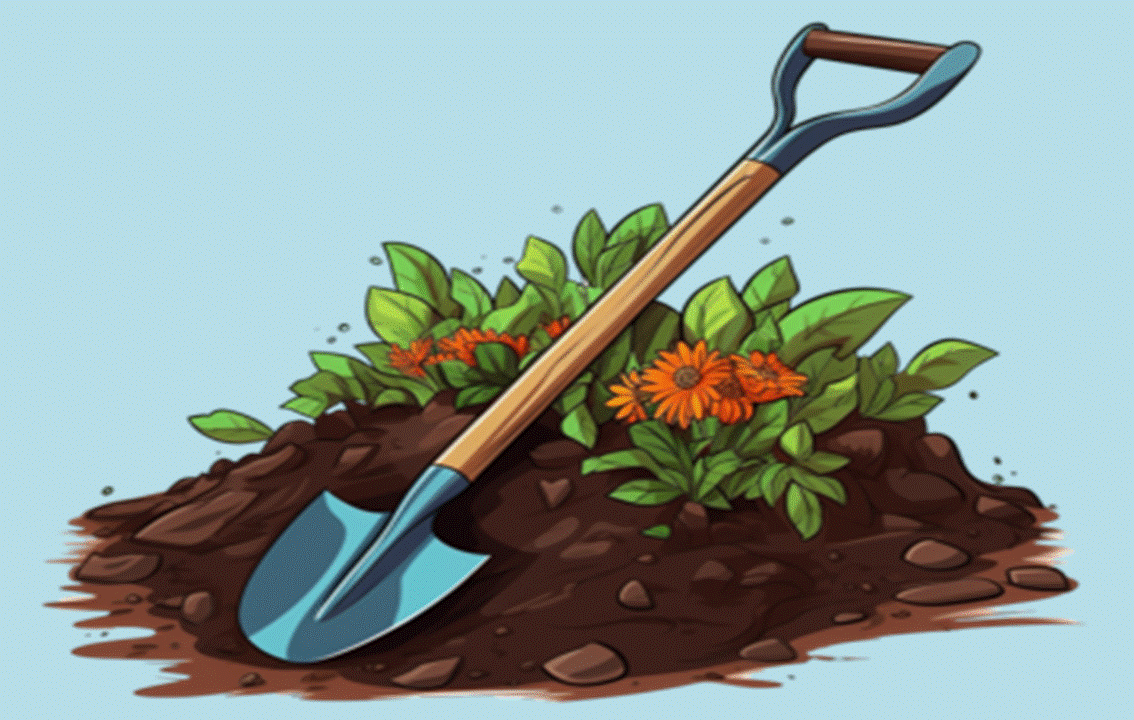THREE KEY FACTORS TO CONSIDER
A sound watering regime will allow crops to absorb water when needed, improving yield and preventing the formation of cryptogenic diseases, such as moulds and fungi. With this in mind, there are some simple rules to follow before conducting this simple, yet crucial task. Lack of water will cause crops to suffer and plants generally portray this clearly by displaying discolouration and withering. Too much water, on the other hand, can hinder crops just as easily. The amount of water along with the watering regularity are both important factors to additionally consider if maximum yield is to be achieved.
There are three factors to consider before organising a watering regime
Factor One: The weather
Factor Two: Soil types and seedlings
Factor Three: Crop types
Factor One: The weather
The weather plays an intricate part in any watering cycle. Watering after rainfall or when the sun is high can be detrimental to crops and changing temperatures should also be considered when regulating water schedules. When the weather is hotter, water evaporates more quickly from the soil so it is necessary to irrigate more often. During hot sunny days, the sun’s rays may refract water droplets and burn the leaves of plants. Furthermore, water will evaporate more quickly during hot days so watering should take place early in the morning or late in the evening, avoiding hours when the sun is high. Another very important thing to pay attention to is thermal shocks. It is good practice to regulate the temperature of the water so that it is not too cold. I have often found that watering an organic garden with cold water on hot days is detrimental to most plants and crops.
Factor Two: Soil types & seedlings
Soil type is another thing that plays a crucial role when organising an effective watering regime. Richer soils require less water than sandy soils and it is good practice to regulate the watering of the latter. As well as sandy soils, young seedlings need frequent watering because their roots are not yet fully developed. For this reason, it is essential that watering takes place immediately after sowing and at regular intervals.
Factor Three: Crop types
Each crop generally has its unique resilience to drought and a different ability when obtaining moisture for its roots. Certain crops are more superficial and therefore less autonomous, so can cope with periods of drought more easily, whilst others need a regular supply of water to survive. The chickpea plant, which has a deeply developed root system, can obtain water on its own and needs less watering because of this. Crops such as tomatoes, melons, and courgettes, on the other hand, need a constant water supply to grow at a healthy rate. It is, however, advisable to suspend the watering of these particular crops at least a week before the harvest, as I have found it improves the quality of the yield.







